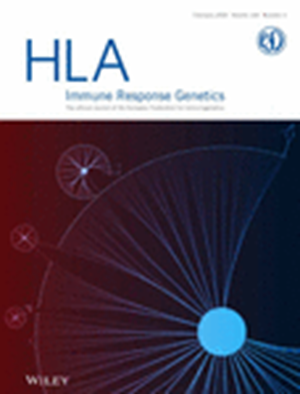Guidelines From the French-Speaking Society of Histocompatibility and Immunogenetics for Virtual Crossmatching for Deceased Donor Kidney Transplantation and the Use of Wet Crossmatch in the Decision-Making Process
Abstract
The systematic use of Single Antigen Flow Beads assays and the implementation of high-resolution HLA typing for donors and kidney transplant recipients allow a precise identification of anti-HLA donor-specific antibodies. In France, the availability of detailed molecular biology HLA typing for deceased donors in the national organ allocation software enables anticipation of wet crossmatch results and estimation of the immunological risk for a recipient/donor pair. This key process, named virtual crossmatching, involves a thorough analysis of the recipient's anti-HLA sensitisation records. Its main goal is to reduce cold ischaemia time in order to extend graft survival. In this article, we present the guidelines for virtual crossmatching developed by a working group from the French-speaking Society of Histocompatibility and Immunogenetics. The guidelines address several considerations regarding HLA typing, anti-HLA antibody testing, and sensitisation event history, which are required to perform virtual crossmatching. We also propose a decision-making process, which situates prospective or retrospective wet crossmatch depending on virtual crossmatch results. The guidelines specifically emphasise the need for a strong clinical-biological agreement to standardise practices and provide a framework for omission of wet crossmatch for both non-sensitised and sensitised recipients.

 求助内容:
求助内容: 应助结果提醒方式:
应助结果提醒方式:


